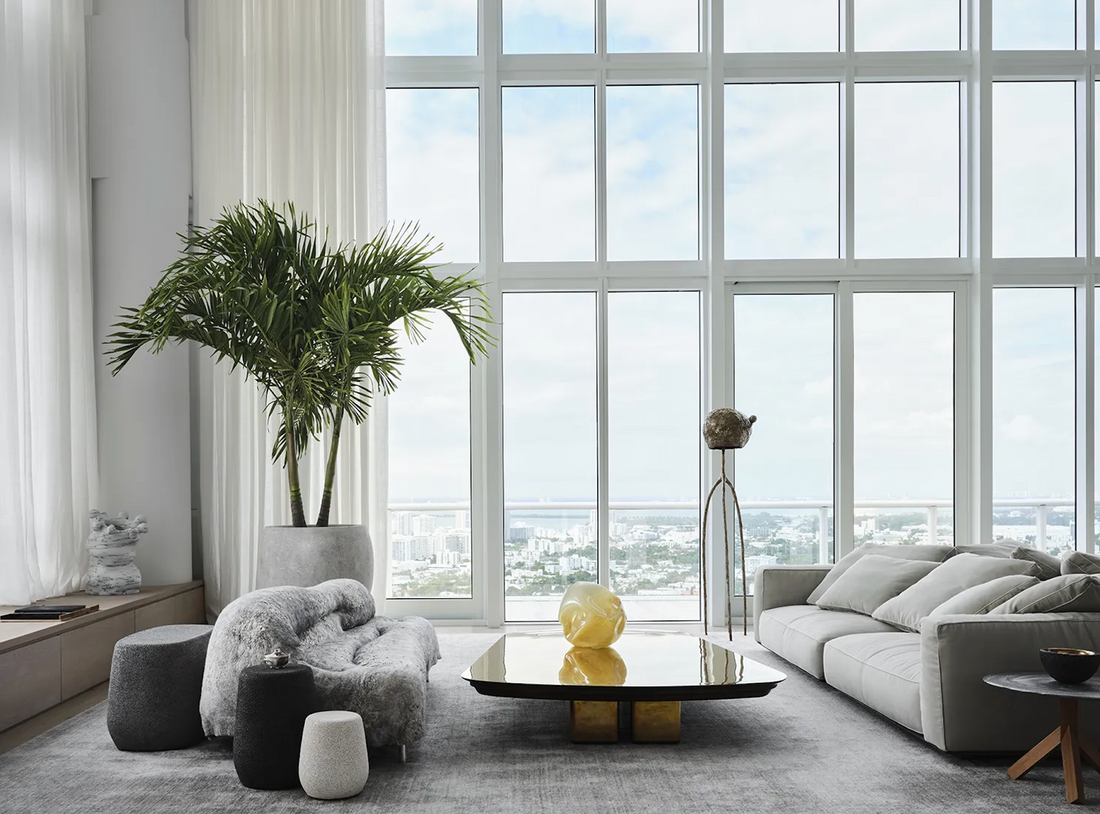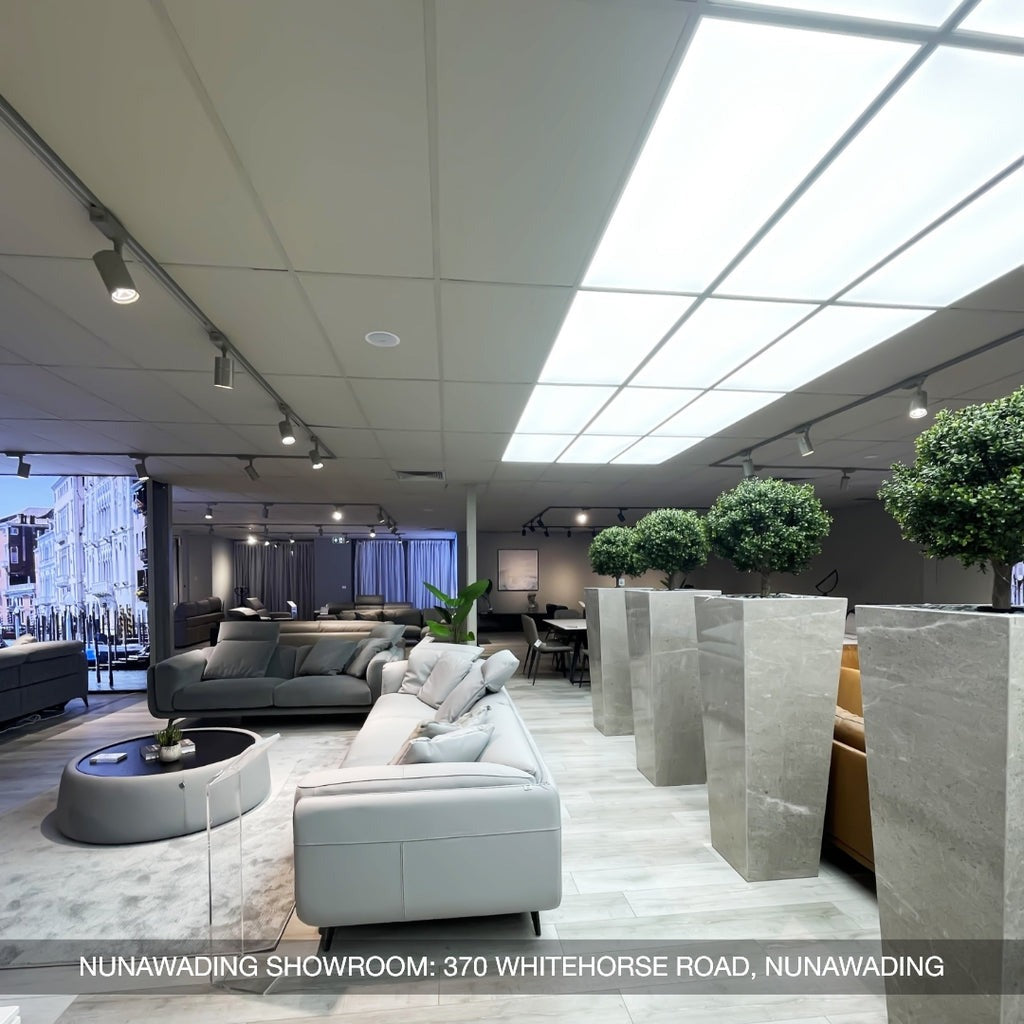Rooted in the rich tapestry of Italian modernist architecture and interior design, this movement reflects a profound shift in artistic ideology. From the sleek lines and innovative functionality of Italian modernism interior design to the iconic structures that define Italian modernist architecture, the principles encapsulate a commitment to simplicity, functionality, and a harmonious integration of form and function. This introduction sets the stage for an in-depth exploration of the enduring impact and timeless allure of Italian Modernism.
Principles Of Italian Modernism
Minimalism
Minimalism
The principles of Italian Modernism constitute a dynamic design philosophy that has left an indelible mark on the landscape of contemporary aesthetics. At its core, Italian Modernism embraces a minimalist ethos, championing the elegance found in simplicity. This design style seeks to strip away unnecessary embellishments, allowing the essence of form and function to take center stage. Italian interior designs, influenced by this modernism design style, often showcase clean lines, uncluttered spaces, and a focus on essential elements.

Functionality
Functionality stands as a cornerstone of Italian Modernism, emphasizing the practical use of spaces and objects. Italian designers, such as Gio Ponti and Ettore Sottsass, integrated functionality seamlessly into their creations, ensuring that every design element served a purpose. This commitment to functionality extends beyond furniture to the architecture itself, with Italian modernist architecture featuring spaces that prioritize utility without sacrificing aesthetics.
Innovative Materials
Innovative materials play a crucial role in Italian Modernism, showcasing a departure from traditional choices. Designers experiment with materials such as steel, glass, and concrete, pushing the boundaries of what is considered conventional. This exploration of innovative materials not only lends a futuristic edge to Italian interior designs but also reflects a commitment to embracing technological advancements in the pursuit of modernity.
Geometric Forms
Geometric forms are a distinctive feature of Italian Modernism, adding a visual dynamism to spaces. Furniture pieces and architectural structures often exhibit clean, angular lines and well-defined shapes, creating a sense of order and visual interest. This geometric precision is not merely an aesthetic choice; it reflects a deliberate effort to bring clarity and coherence to the overall design.
Asymmetry
Asymmetry is another hallmark of Italian Modernism, challenging traditional notions of balance and proportion. Italian designers leverage asymmetrical arrangements to inject a sense of dynamism and unpredictability into their creations. This departure from strict symmetry contributes to the movement's avant-garde spirit, fostering a visual language that is both progressive and engaging.
Neutral Color Palettes
Neutral color palettes dominate Italian Modernism, further reinforcing its commitment to simplicity and sophistication. Whites, grays, and muted tones prevail, allowing architectural and design elements to shine without the distraction of bold colors. This restrained color scheme contributes to a timeless aesthetic, creating spaces that exude a sense of calm and balance.

Human-Centered Design
Human-centered design is a guiding principle of Italian Modernism, placing the user's experience at the forefront. Spaces and objects are crafted with the human experience in mind, ensuring comfort and functionality. Italian interior designs under this influence prioritize the well-being of inhabitants, creating environments that seamlessly integrate with the rhythms of daily life.
Iconic Designers Of Italian Modernism
Gio Ponti (1891–1979)
Gio Ponti (1891–1979)
Italian furniture history is deeply intertwined with the contributions of iconic designers who played pivotal roles in shaping the landscape of modernism. One such luminary figure is Gio Ponti, a trailblazer renowned for his multifaceted talents as an architect, industrial designer, and editor. Ponti's influence is exemplified by his founding of the iconic magazine Domus in 1928, which became a platform for avant-garde design ideas. His innovative approach to furniture design is epitomized by the iconic Superleggera chair, a lightweight masterpiece that seamlessly marries form and function.

Carlo Scarpa (1906–1978)
Carlo Scarpa stands as another luminary in the pantheon of Italian design, leaving an indelible mark on the history of furniture. Scarpa's meticulous craftsmanship and attention to detail are evident in his collaboration with the renowned Venetian glassmaker Venini. The intricate glass designs produced during this partnership showcase Scarpa's commitment to merging traditional craftsmanship with modern aesthetics, underscoring the essence of Italian design innovation.
Achille Castiglioni (1918–2002)
Achille Castiglioni emerges as a key figure in the evolution of Italian modernism, celebrated for his whimsical yet functional designs. His iconic creations, such as the Arco lamp, demonstrate a mastery of form and a keen understanding of the interplay between light and space. Castiglioni's ability to infuse humor into his designs, while maintaining a deep respect for functionality, sets him apart as a luminary in the annals of Italian furniture history.
Gae Aulenti (1927–2012)
Gae Aulenti further enriched the narrative of Italian design with her versatile and groundbreaking work. Aulenti, an architect and designer, gained international acclaim for her transformation of Paris's Musée d'Orsay from a former railway station into a vibrant cultural space. Her furniture designs, like the iconic "Locus Solus" series, reflect a harmonious blend of aesthetics and utility, reinforcing her status as a visionary in the world of design.

Ettore Sottsass (1917–2007)
Ettore Sottsass is synonymous with the Memphis Group, a collective that revolutionized design aesthetics in the 1980s. Sottsass's bold and vibrant creations, such as the Carlton room divider, challenged traditional notions of design, ushering in a new era of postmodernism. His unconventional approach and rejection of design norms continue to reverberate in the contemporary design landscape, marking a transformative period in Italian furniture history.
Marco Zanuso (1916–2001)
The legacy of Marco Zanuso also looms large in the realm of Italian modernism. Zanuso's designs, characterized by clean lines and innovative use of materials, encapsulate the post-war spirit of renewal. His iconic Lady armchair, featuring a sculptural form and ergonomic considerations, remains a testament to his enduring impact on the evolution of Italian furniture design.
The Impacts Of Italian Modern Interior Design
Furniture And Interior Elements
Furniture And Interior Elements
Italian modernism interior design has left an indelible mark on the global design landscape, influencing both residential and commercial spaces with its distinctive characteristics. In terms of furniture and interior elements, Italian modern design is renowned for its clean lines, minimalist aesthetic, and emphasis on functionality. Iconic pieces from designers like Gio Ponti, Ettore Sottsass, and Achille Castiglioni showcase the fusion of form and function, creating timeless pieces that have become synonymous with sophistication.

Integration Of Art And Design
The integration of art and design is a hallmark of Italian modernism, where every element of the interior becomes a canvas for artistic expression. Whether it's avant-garde furniture, innovative lighting fixtures, or the use of premium materials like marble and glass, Italian designers seamlessly blur the lines between art and functionality. This integration has not only elevated the aesthetic appeal of interiors but has also contributed to the cultural significance of Italian modern interior design.
Global Impact And Enduring Legacy
The global impact and enduring legacy of Italian modern interior design are evident in its widespread adoption and continuous relevance. Italian designers and brands have become synonymous with luxury and innovation, shaping the preferences of design enthusiasts worldwide. The influence of Italian modernism extends beyond Italy's borders, permeating contemporary design trends and establishing a lasting legacy that transcends time and geographical boundaries. The global appreciation for the elegance and ingenuity of Italian modern interior design solidifies its place as a timeless and influential force in the world of design.
Conclusion
The principles of Italian Modernism resonate as a timeless beacon of design sophistication. Embodying a fusion of rich cultural heritage and contemporary minimalism, modern Italian living room design stands as a testament to the enduring allure of Italian aesthetics. The marriage of clean lines, cozy comfort, and a touch of the classics defines a paradigm that transcends trends. As epitomized by the luxury Italian design couch, the legacy of Italian Modernism persists, influencing global interior landscapes with an elegant and timeless appeal. This design philosophy remains an ever-relevant guide, shaping spaces that seamlessly blend functionality, artistry, and a profound appreciation for the beauty of simplicity.





